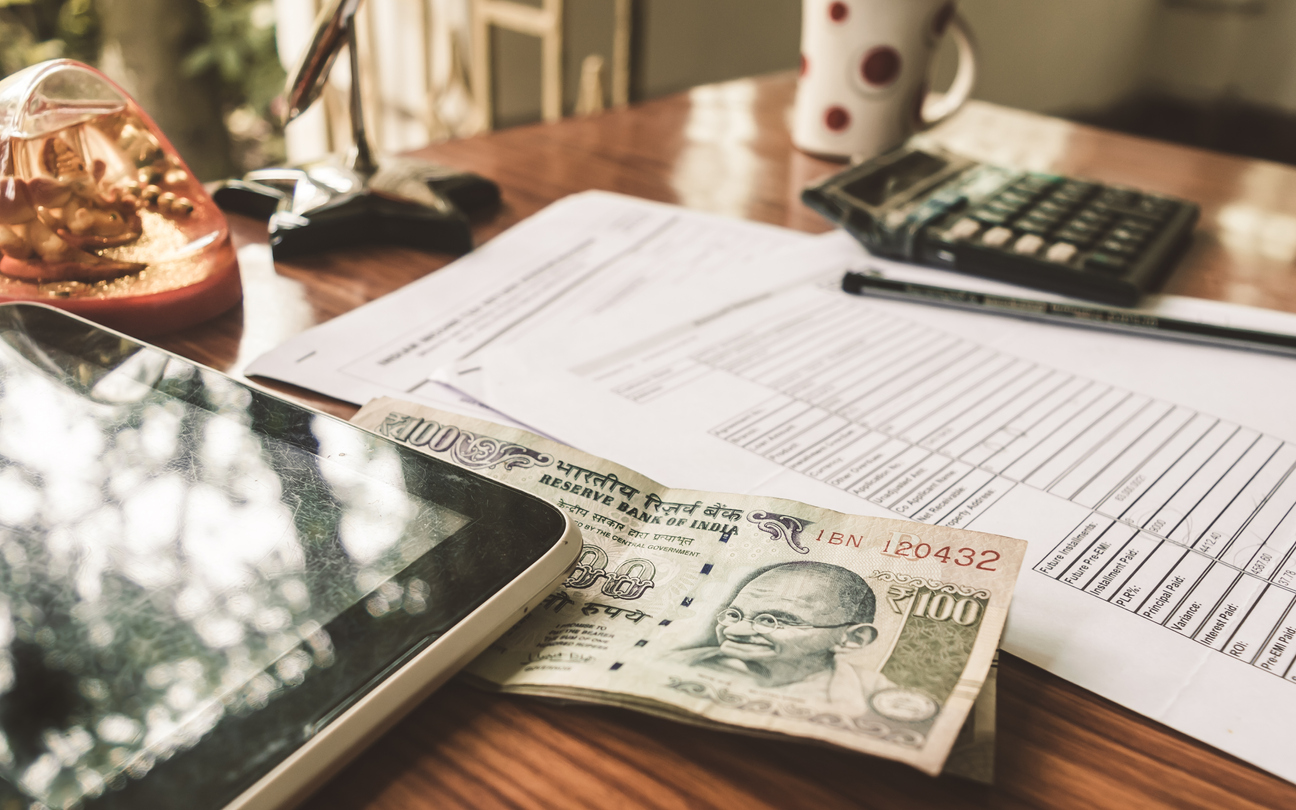
April 15, 2025
The move is intended to accelerate the proposed bilateral trade agreement (BTA) and potentially reverse the 26% reciprocal tariff on Indian goods imposed by the US from April 9
The zero-duty proposal would be contingent upon strict rules of origin, mandating 30–40% value addition and a change in tariff heading to avoid third-country routing
Inter-ministerial consultations are currently evaluating which sectors can be opened up under the BTA, with an emphasis on mutual tariff reductions.
Industries and export bodies are providing feedback. Many have urged the government to expedite negotiations, aiming for a formal agreement by autumn 2025.

India is actively exploring the possibility of offering zero-duty import access to goods from the United States across a range of sectors, including those currently incentivised under the production-linked incentive (PLI) schemes.
Officials suggested that this substantial offer could help fast-track the proposed bilateral trade agreement (BTA), which may, in turn, pave the way for rolling back the 26% reciprocal tariff on Indian goods imposed by the US starting April 9.
However, the concession would not come without conditions. Sources confirmed that the government plans to impose rigorous rules of origin, requiring at least 30–40% local value addition alongside a change in tariff heading. This condition is aimed at preventing third-country goods from entering the Indian market through the US at concessional duties.
According to individuals involved in the talks, all possibilities are being considered under the BTA framework, with ministries actively assessing which sectors could benefit from reciprocal zero-for-zero tariff arrangements. Several industry bodies and export associations have already conveyed their support and urged the government to hasten the agreement, with the goal of concluding its first phase within six months.
India is keen on finalising the agreement by the fall of 2025. The initial announcement of the BTA took place during Prime Minister Narendra Modi’s visit to the United States in February, following discussions with then-US President Donald Trump.
As part of its broader trade ambitions, both nations aim to more than double their two-way trade to reach US$500 billion by 2030.
Currently, India’s PLI scheme spans 14 strategic sectors, such as mobile phones, drones, white goods, telecom equipment, textiles, automobiles, pharmaceuticals, and speciality steel, and is backed by a budgetary outlay of INR 1.97 lakh crore. Officials believe that local manufacturers in many of these sectors are now resilient enough to handle zero-duty imports from the US.
According to one official, duty concessions could be prioritised for products where India has a labour cost advantage. Industry experts echoed similar sentiments, stating that the strengthened domestic manufacturing landscape, thanks to initiatives like the PLI, positions India favourably in the global value chain.
An industry expert from EY India noted that lowering tariffs strategically could enable Indian exporters to penetrate the US market more effectively while simultaneously advancing the goals of the ‘Make in India’ campaign.
Meanwhile, US negotiators are also pushing for firm value addition norms to avoid third countries’ misuse of the agreement. In select sectors, both countries may also explore even stricter value addition requirements.
Trade agreements signed by India, including other free trade pacts, generally mandate a 35% value addition benchmark with a change in tariff classification at the four-digit level, ensuring that the product undergoes significant transformation before qualifying for preferential treatment.
Source: Economic Times